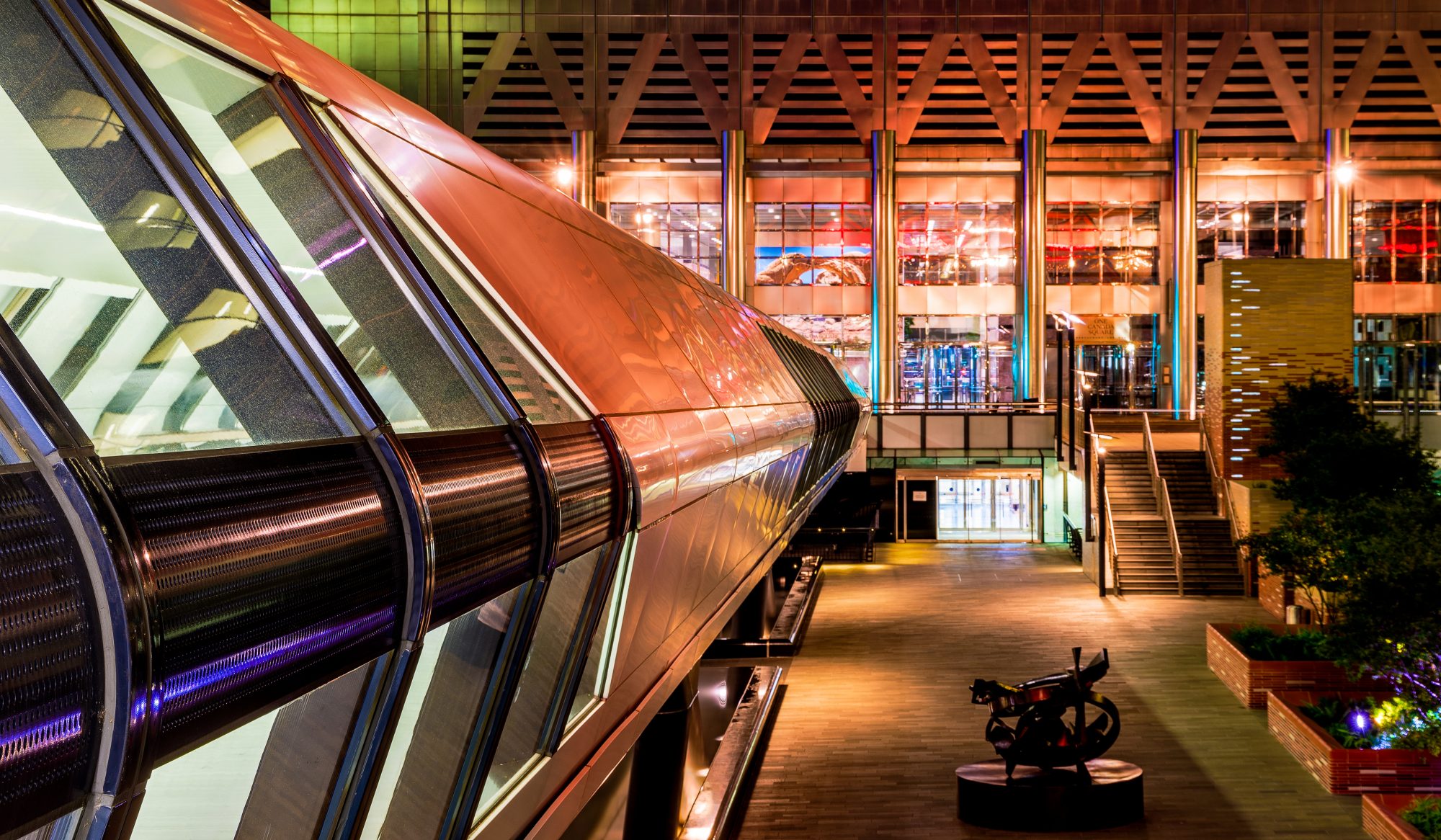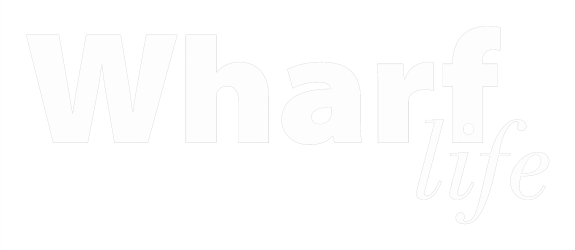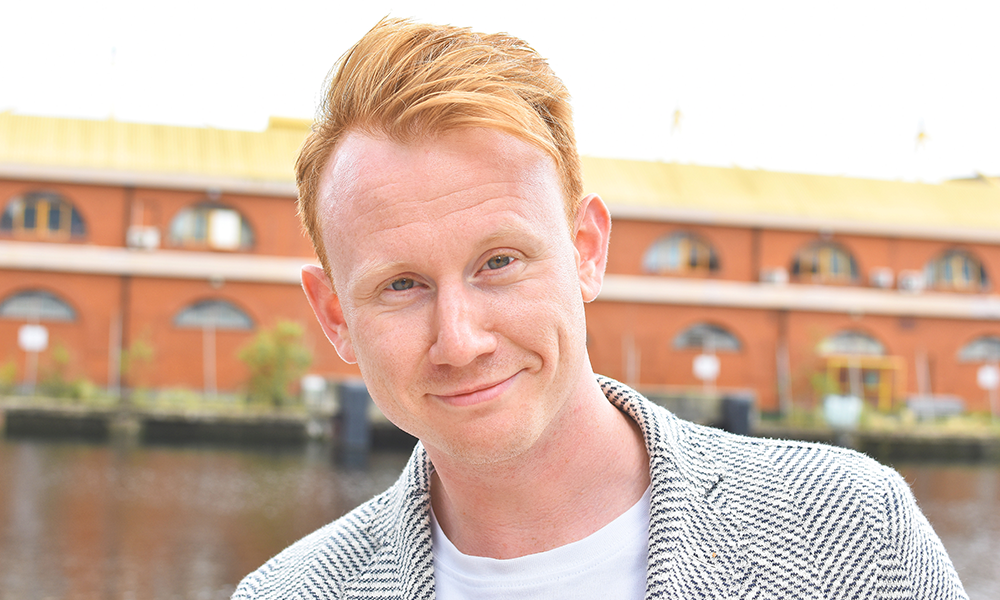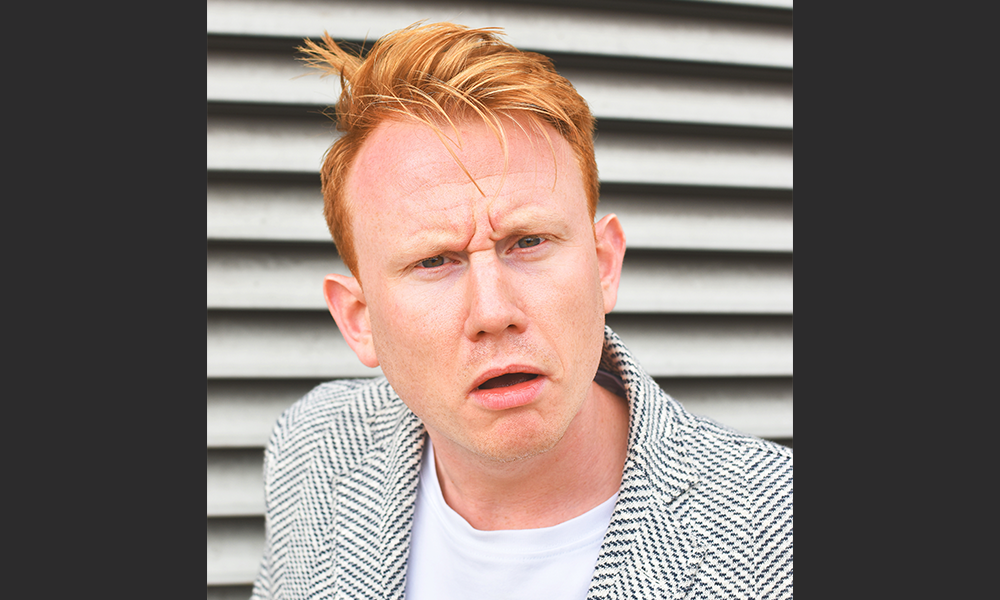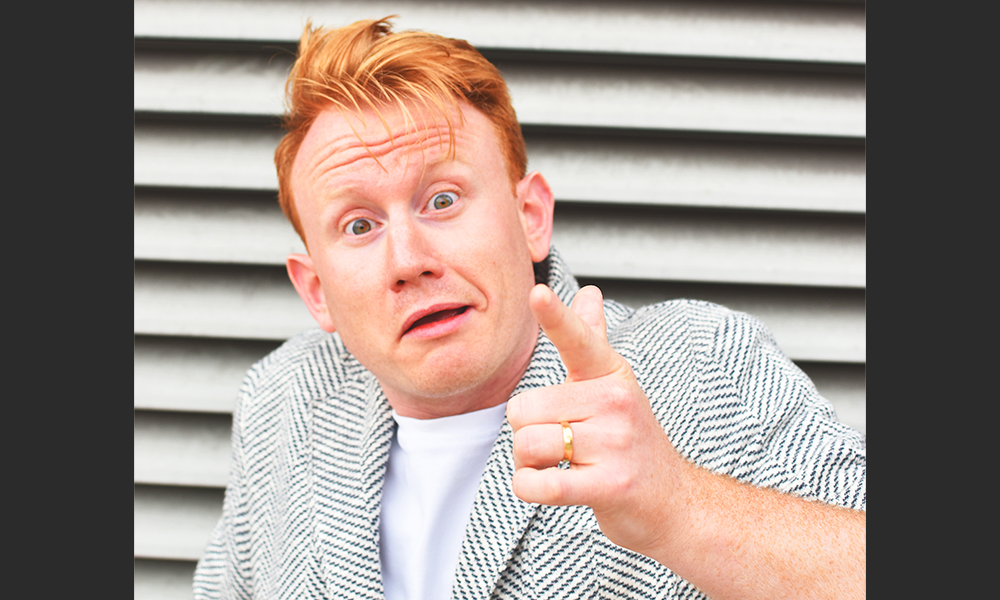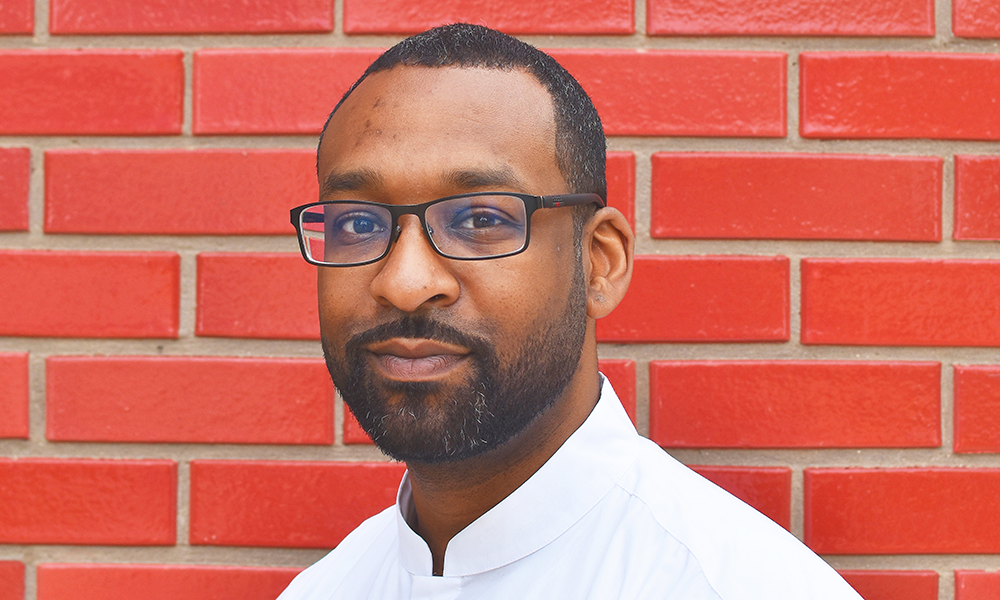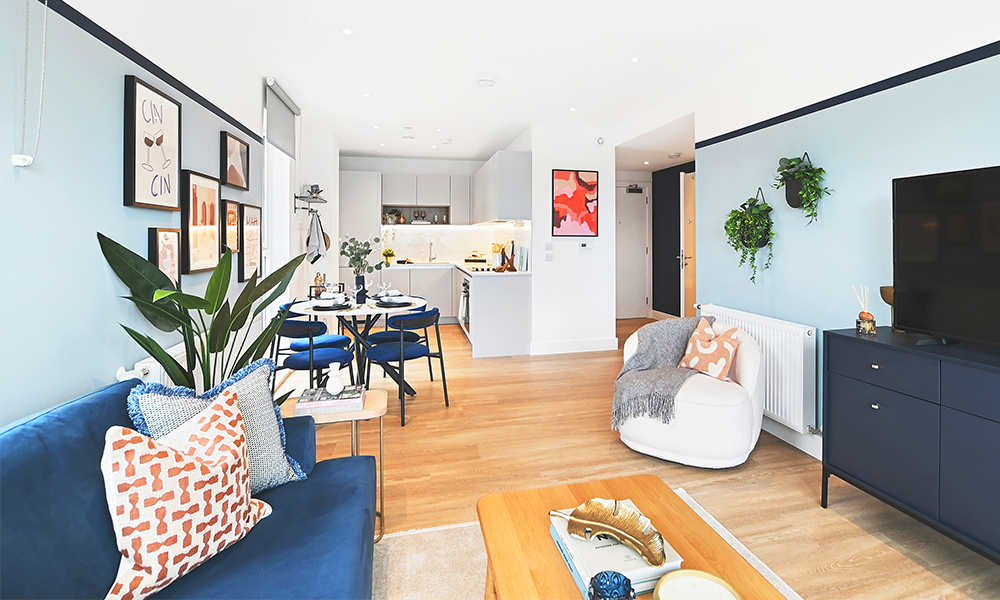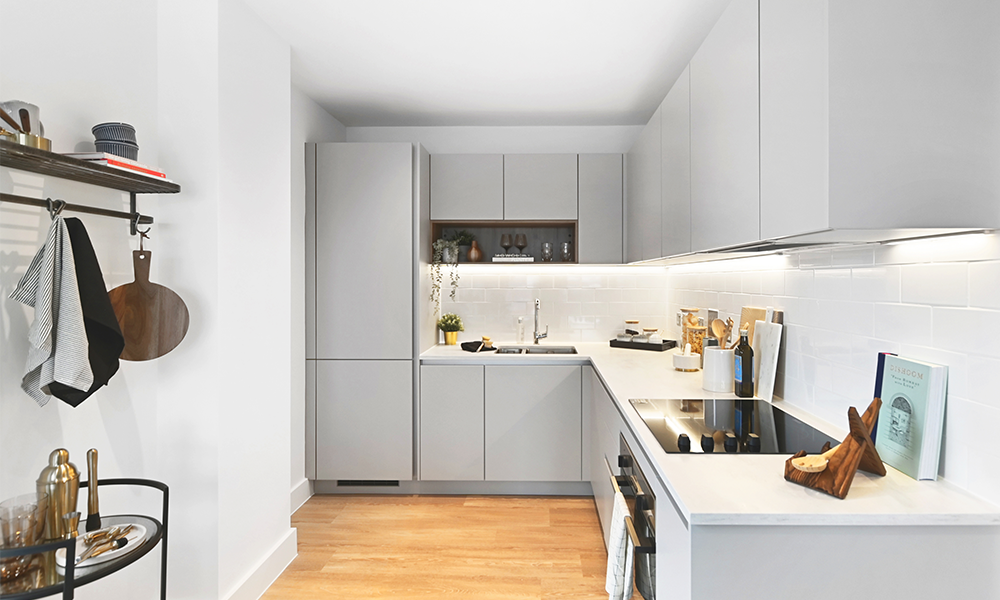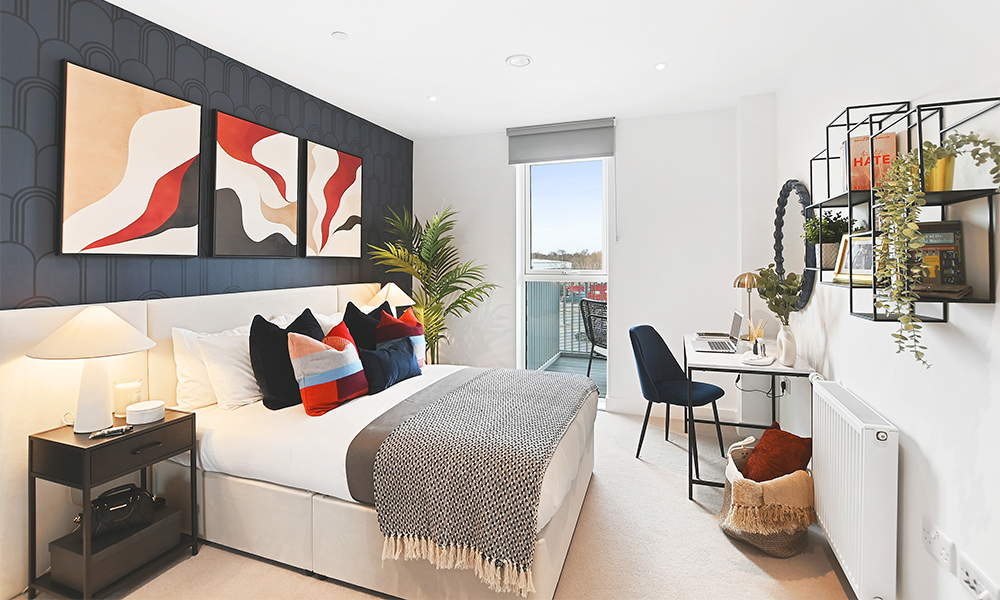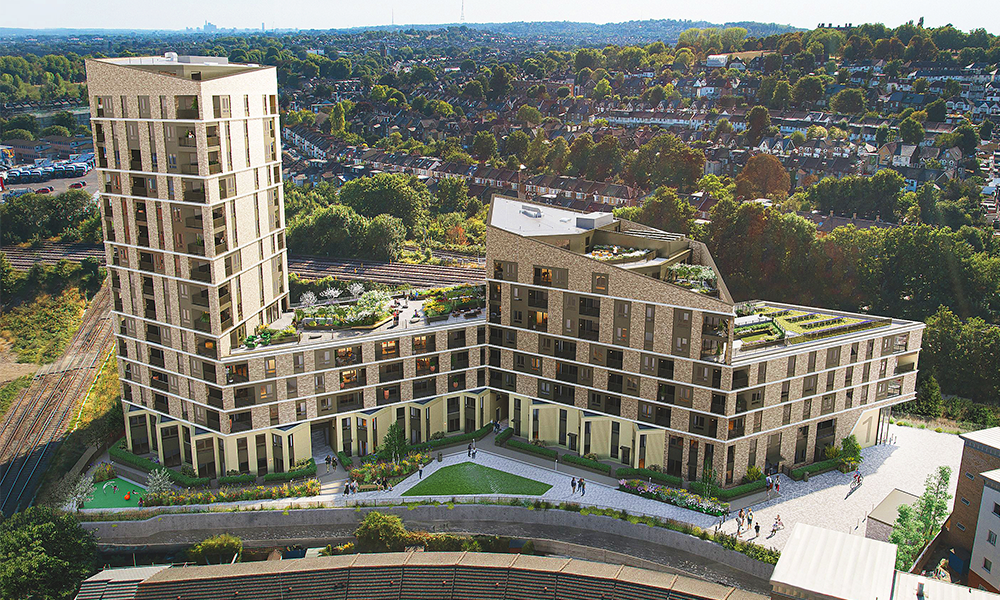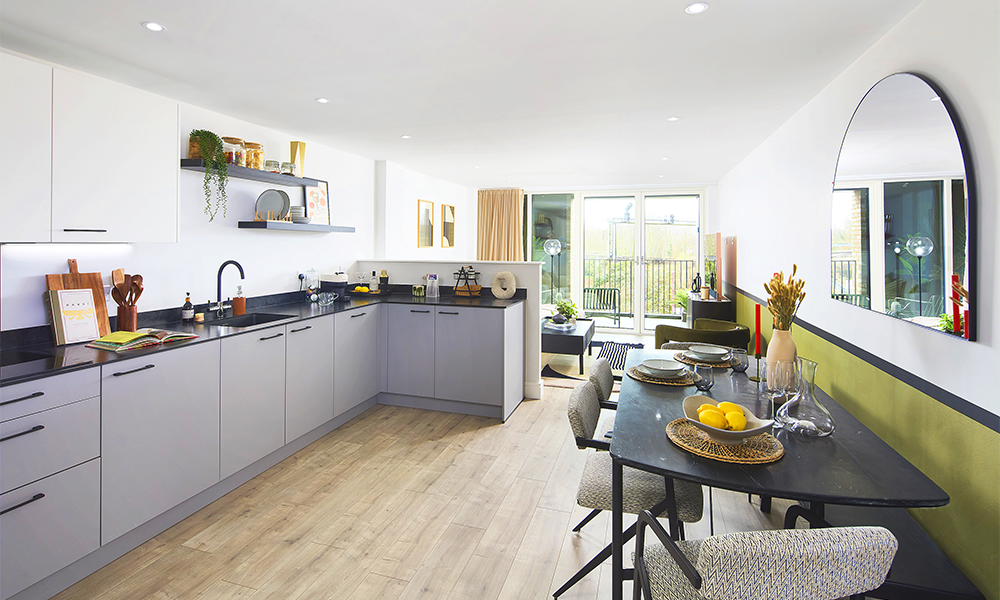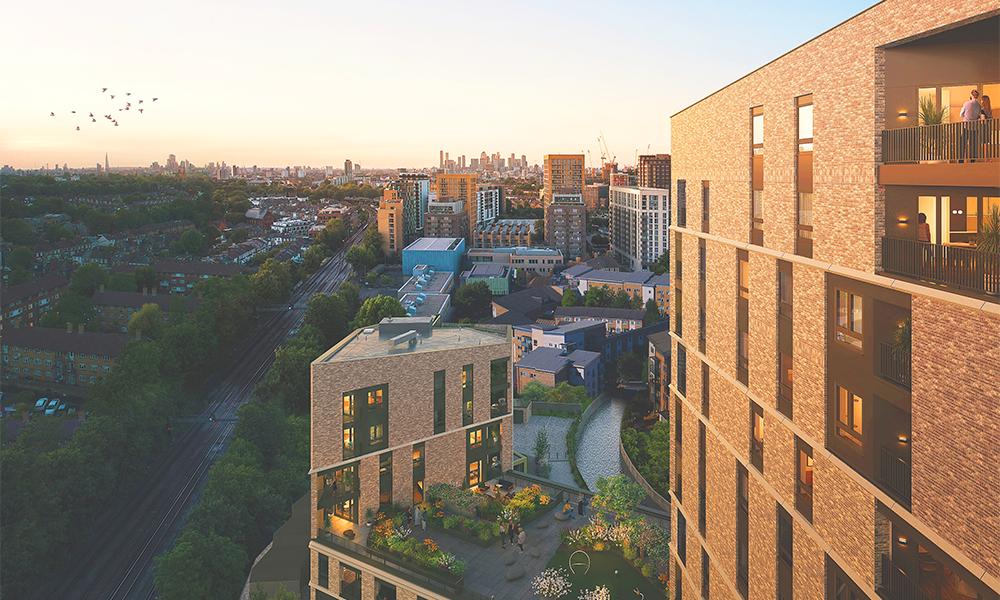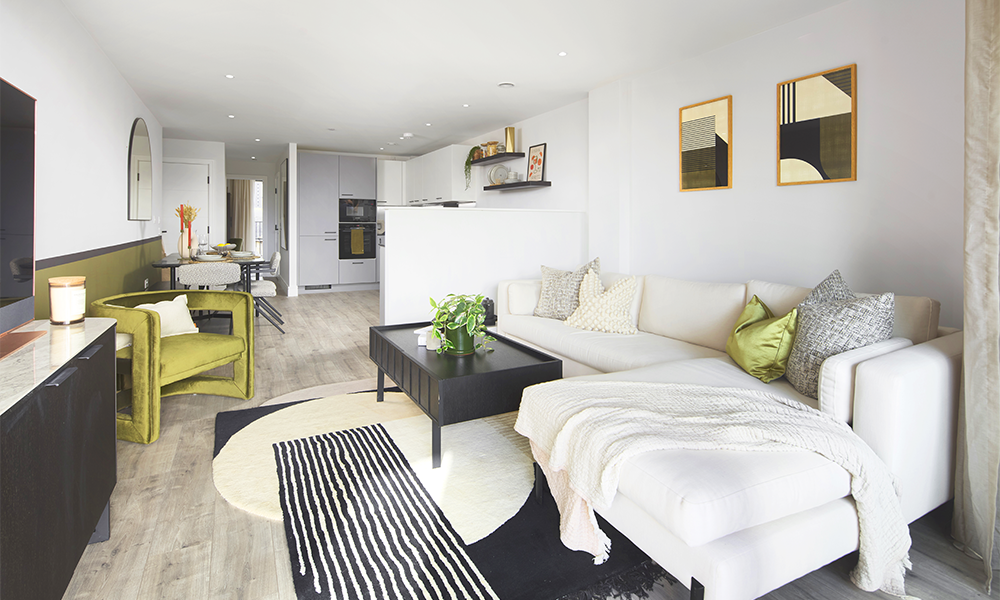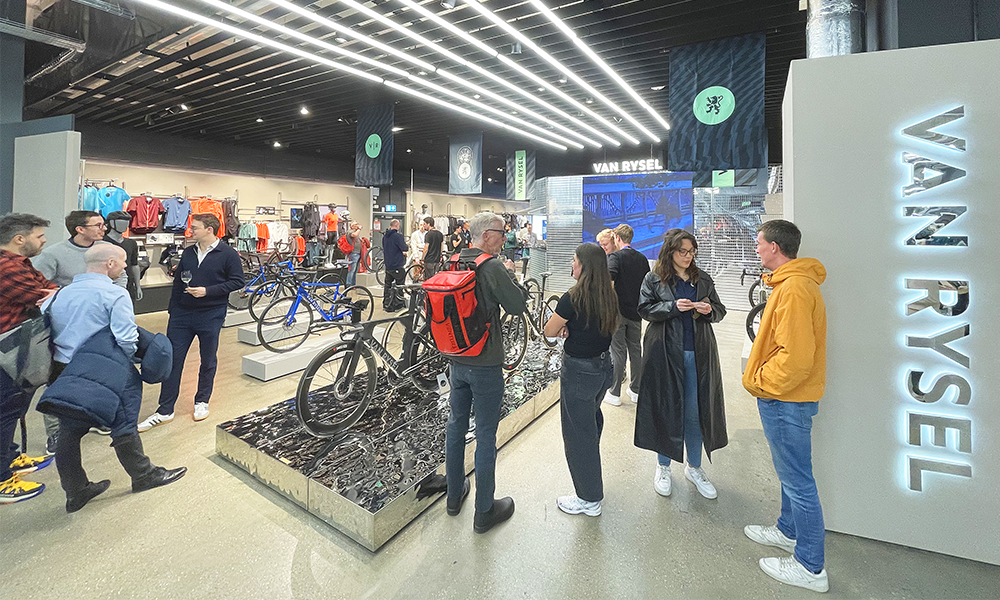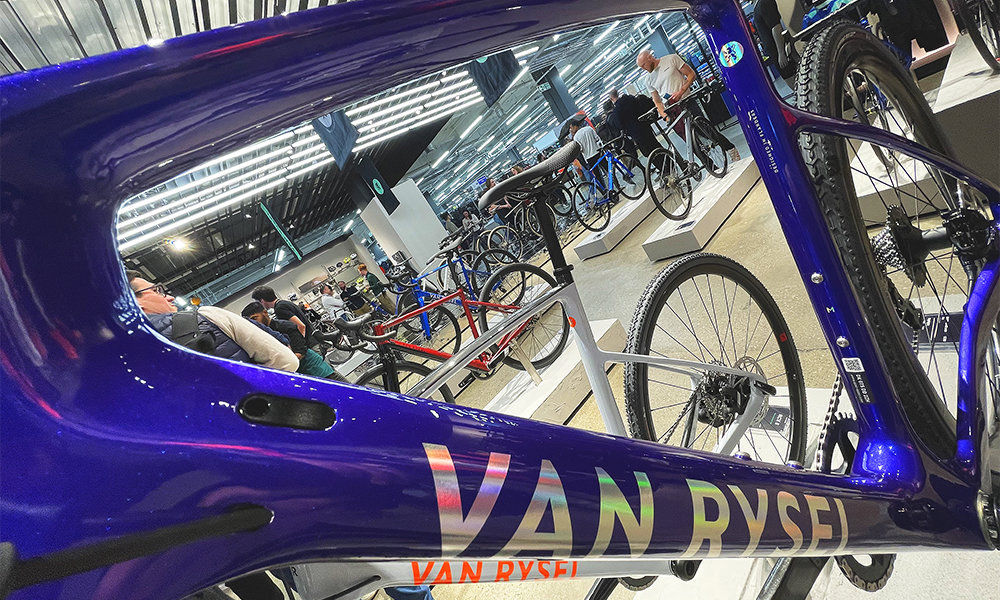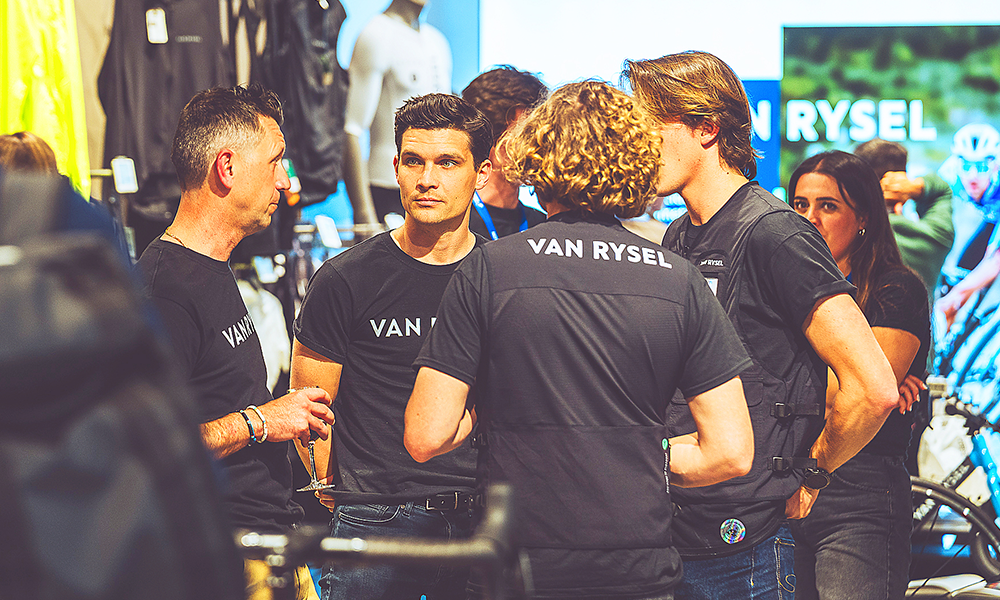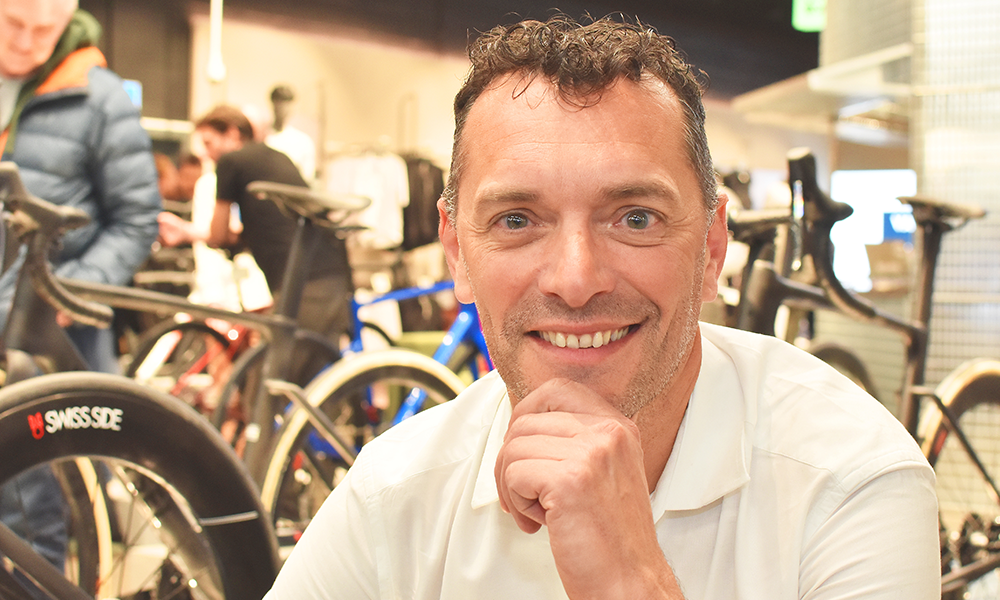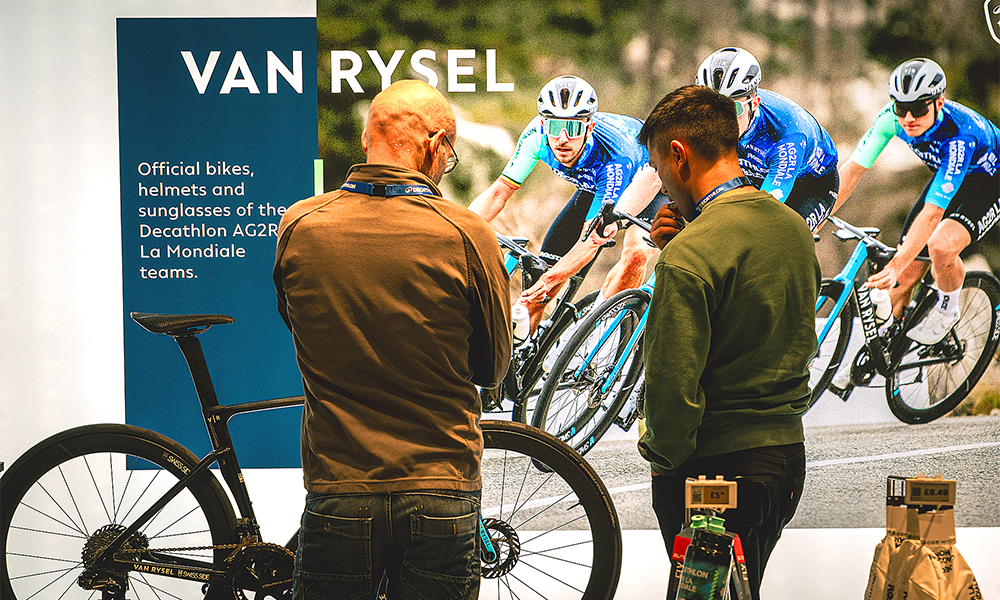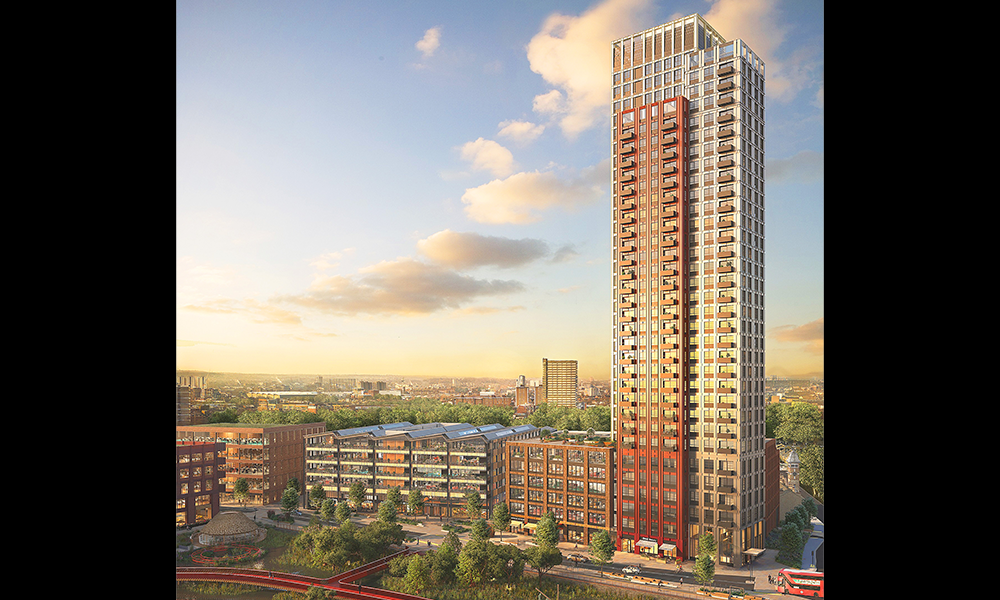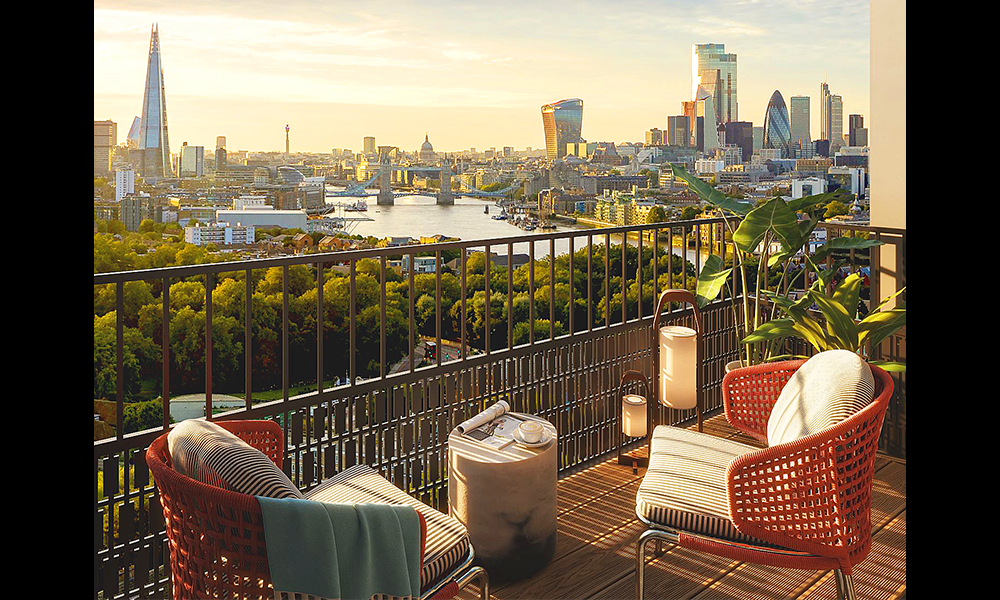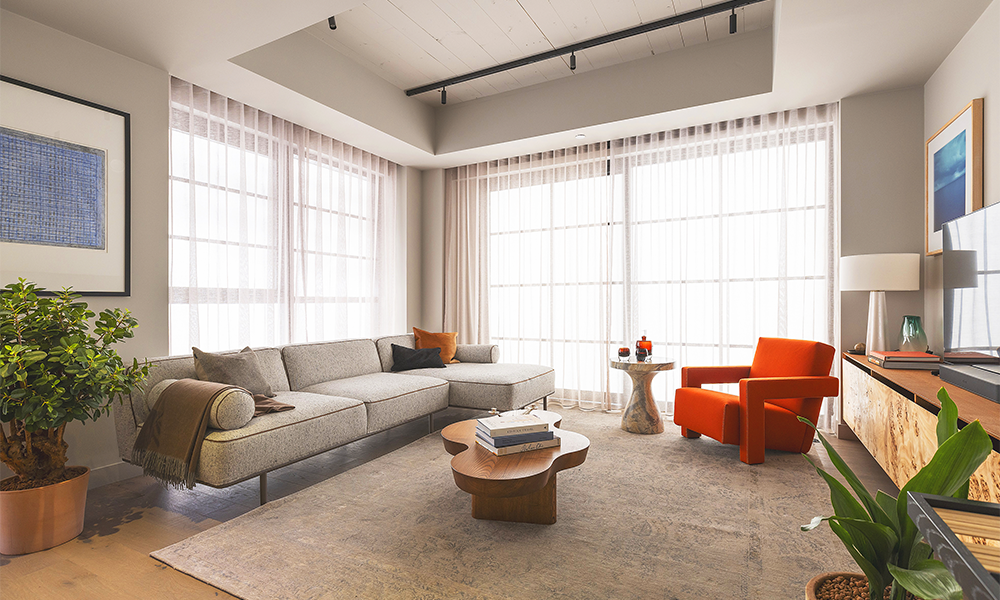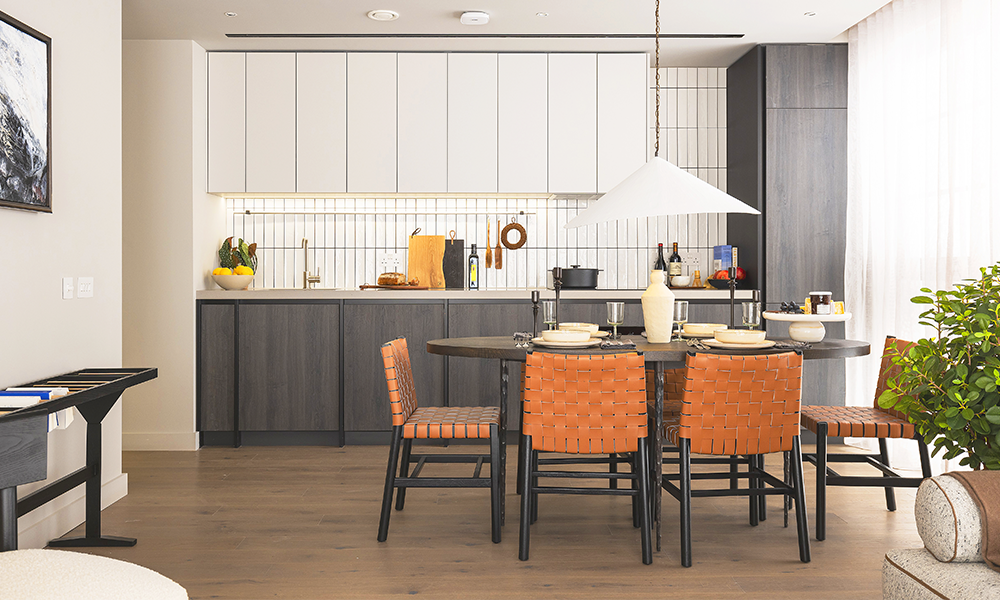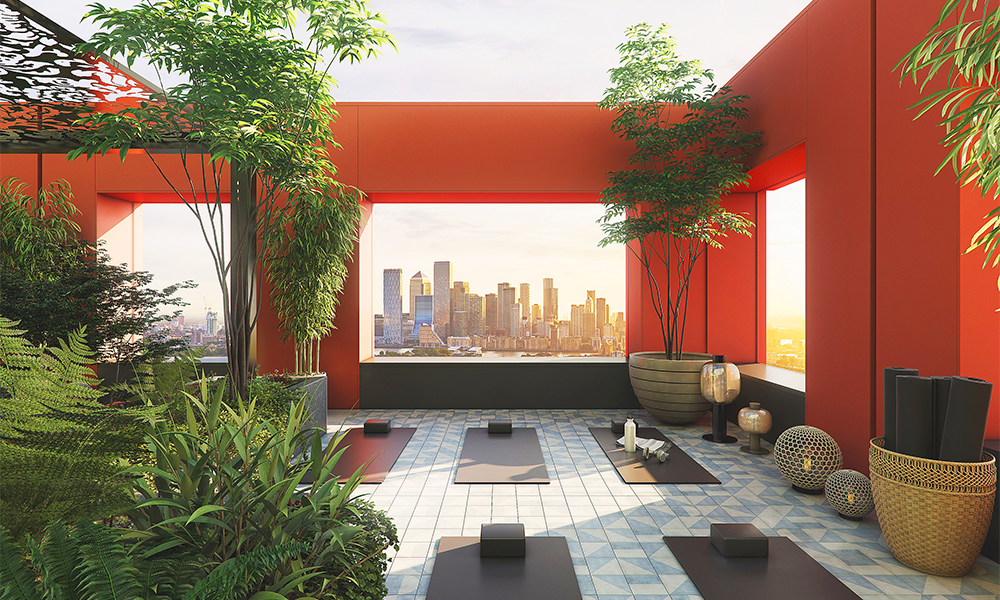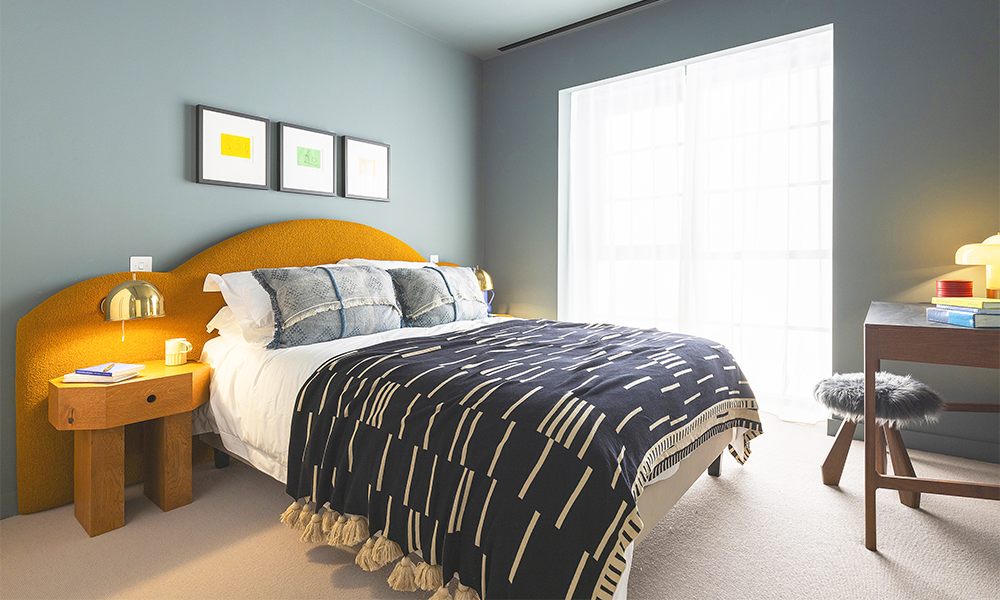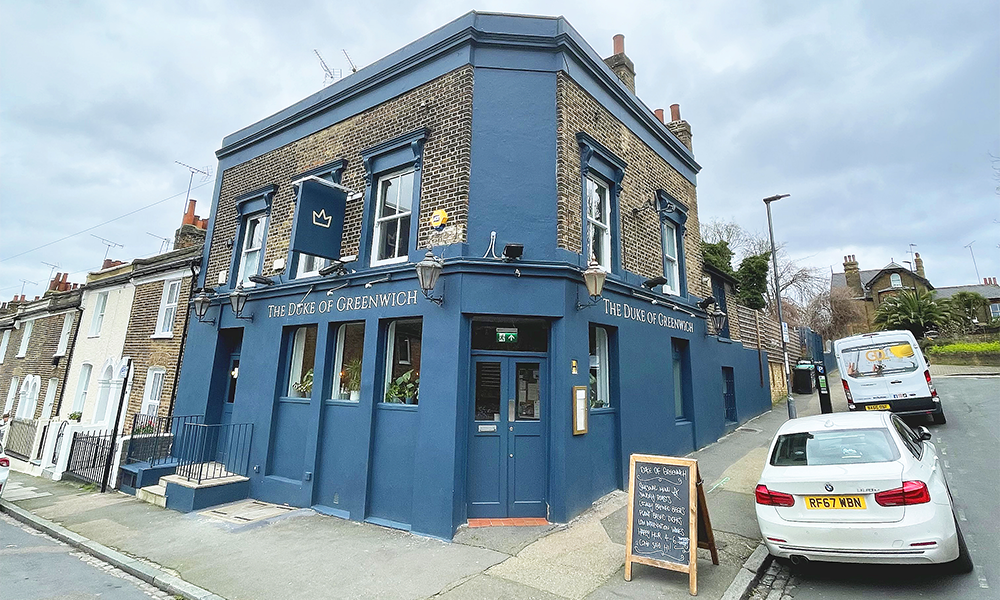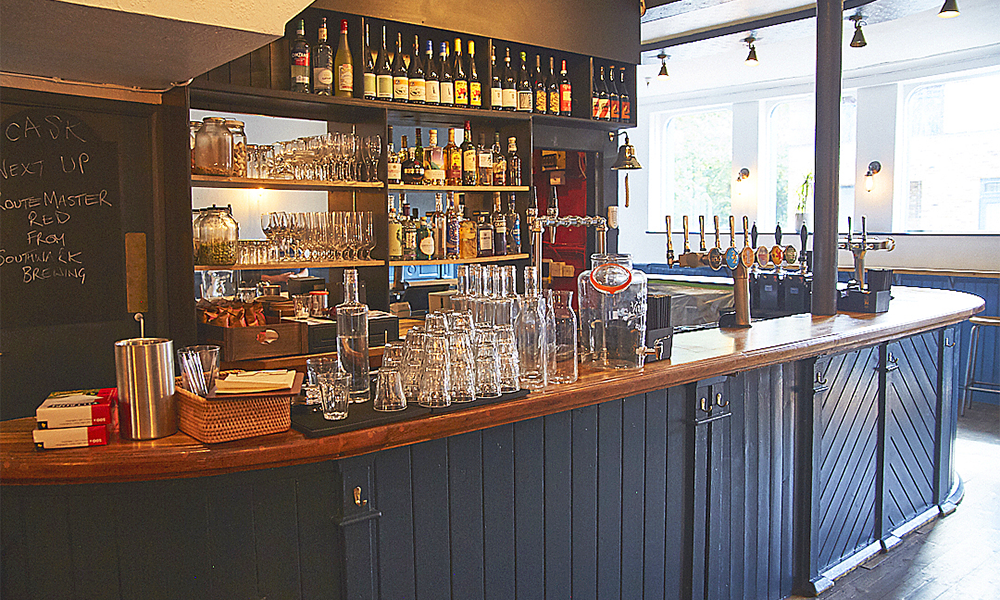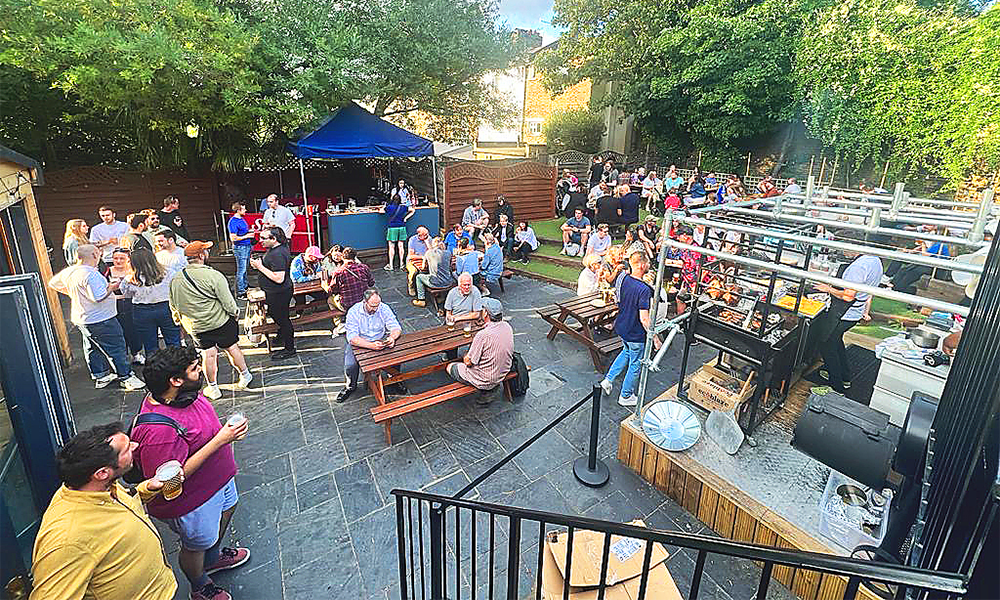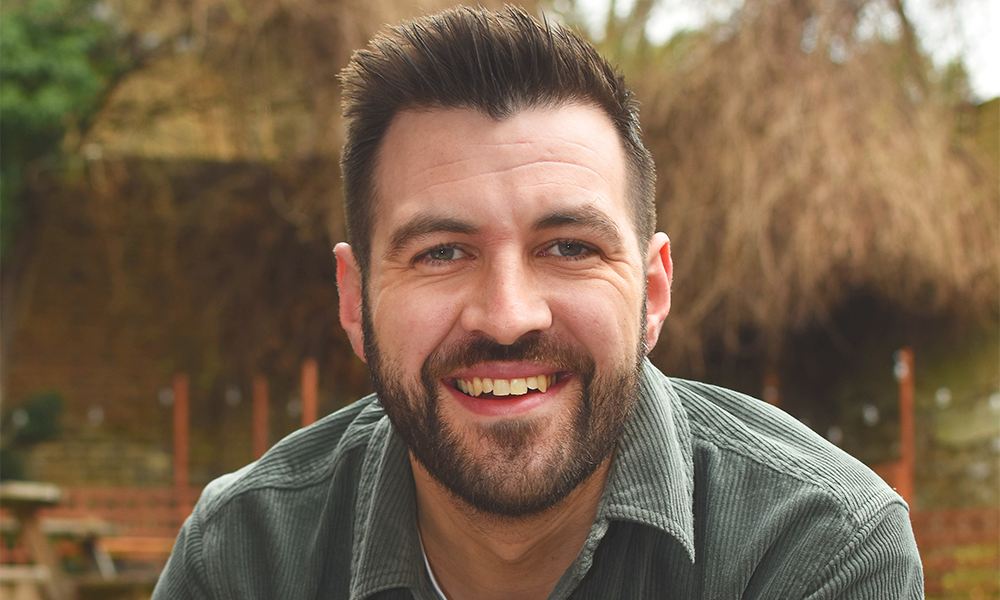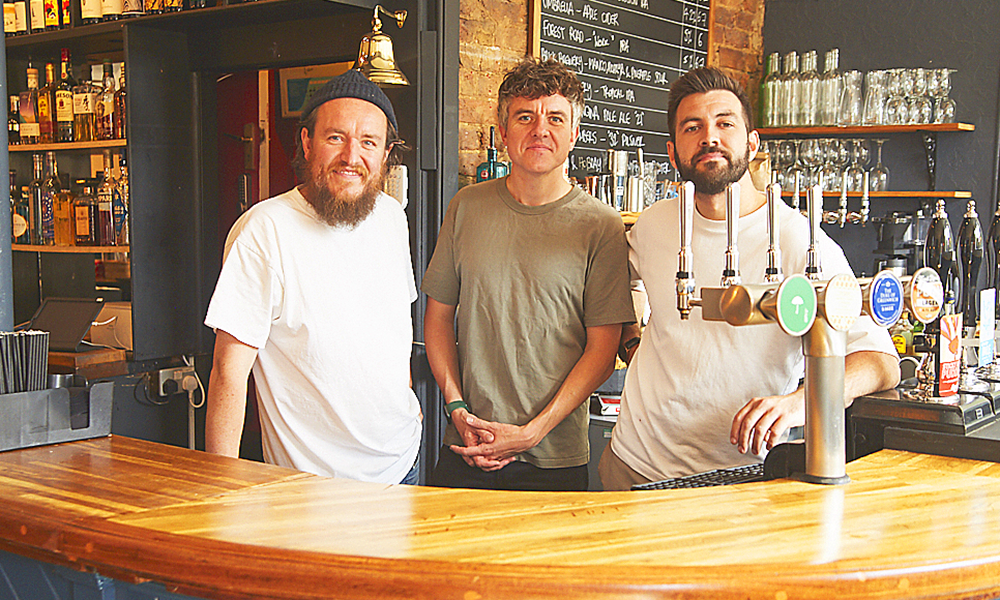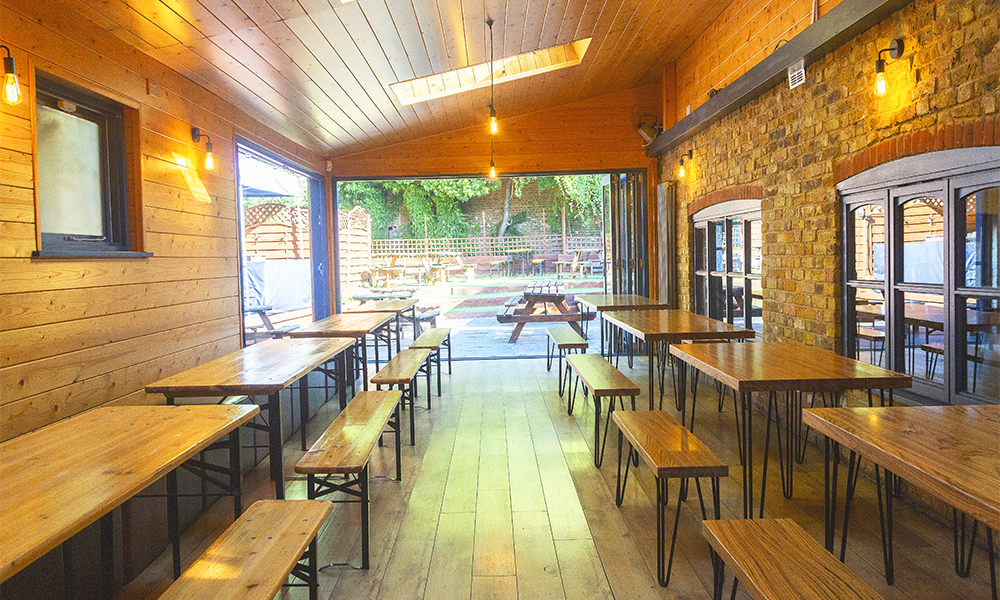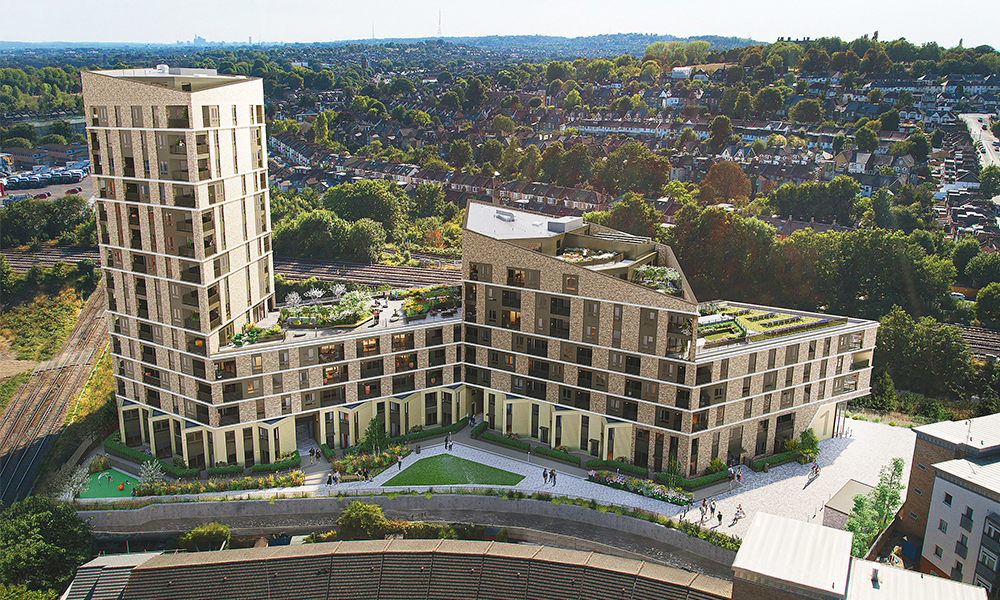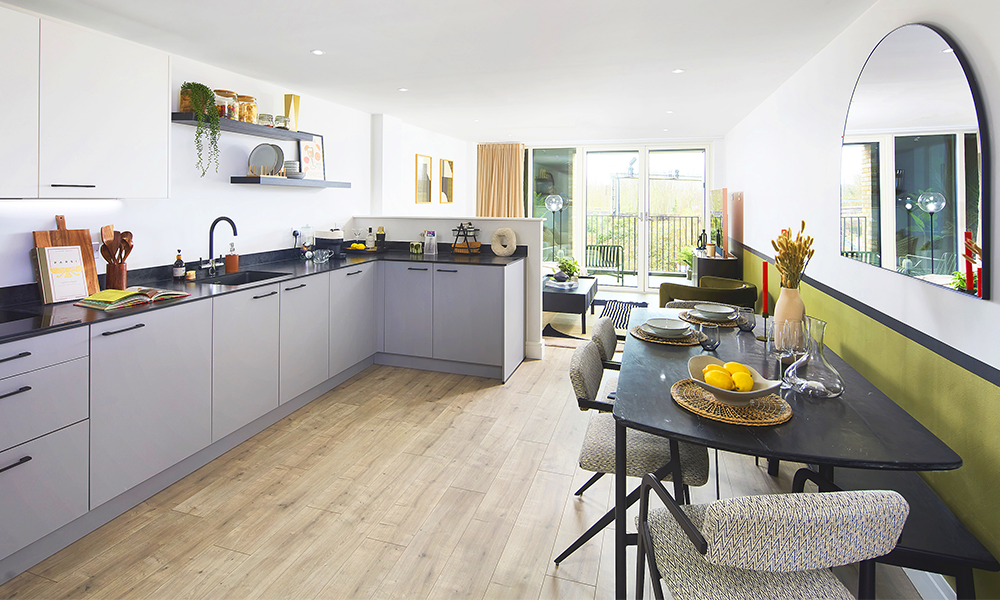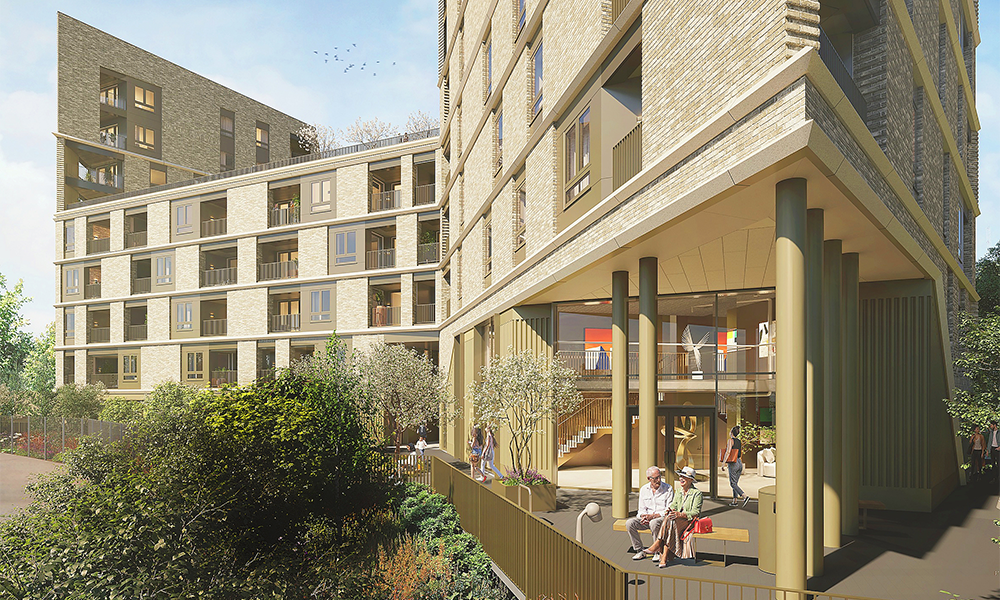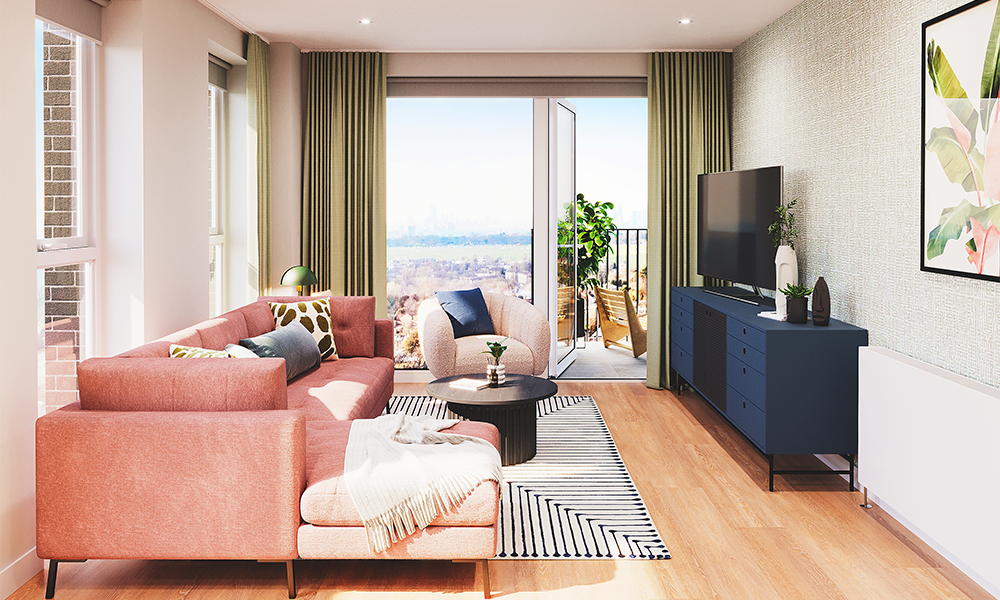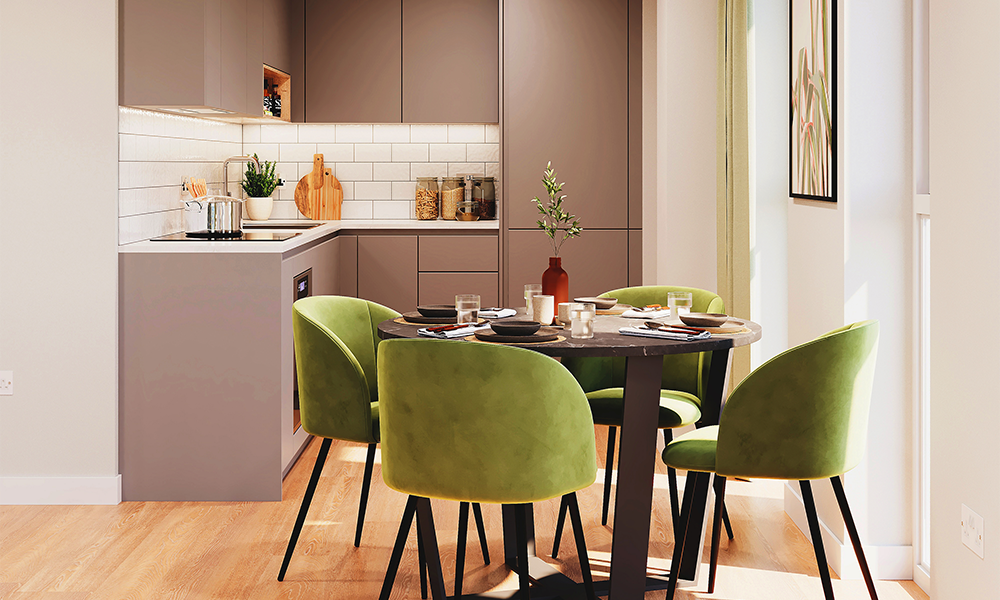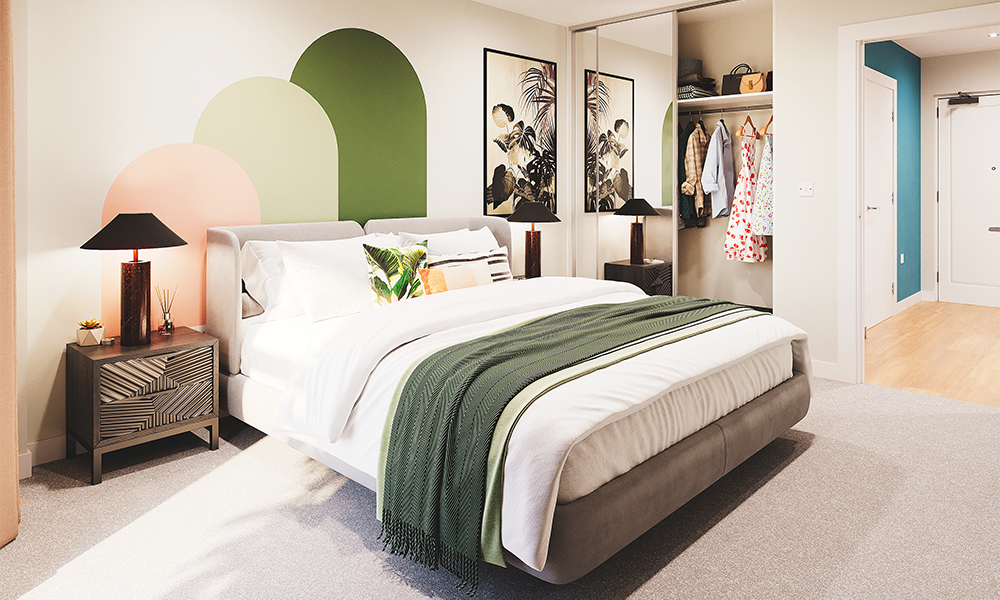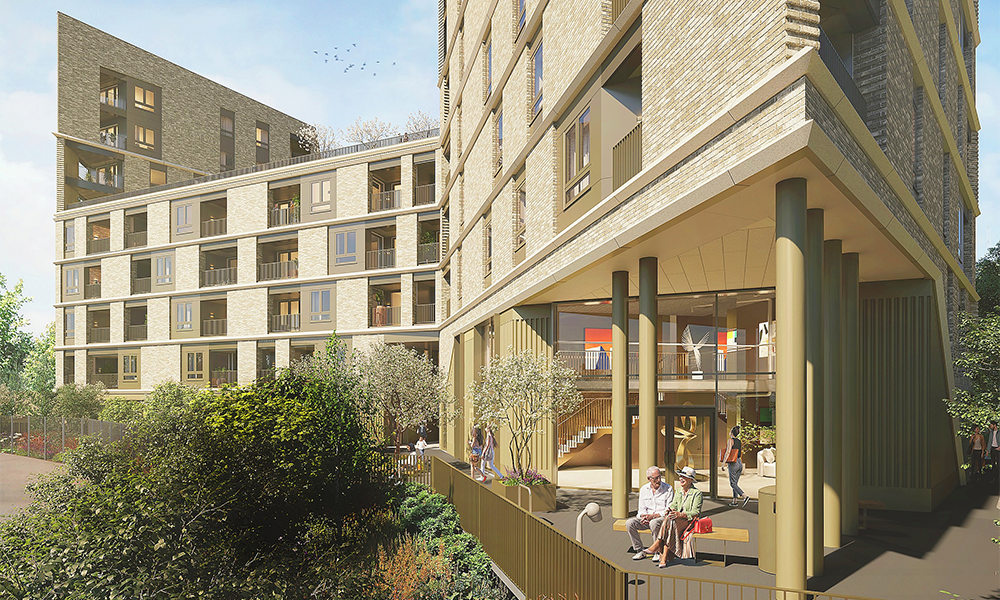Co-founders Marsha and Chyloe Powell talk inspiration from their mother, love and possibility
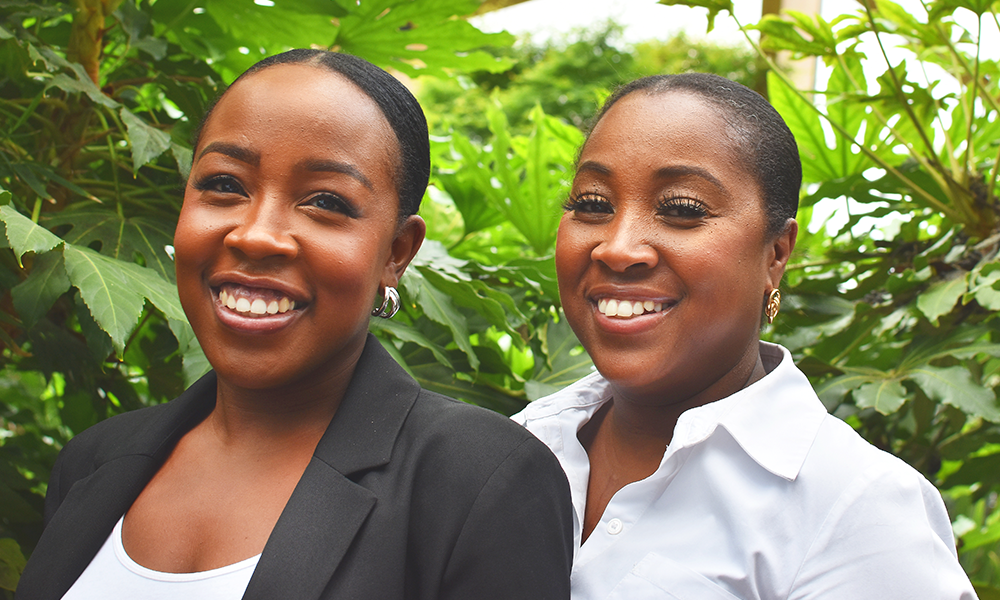
Subscribe to our free Wharf Whispers newsletter here
Marsha Powell grew up in Brockley with the flashing light on top One Canada Square visible from her bedroom window.
Despite starting her career with only GCSEs on her CV, she made it to the estate, working in HR for the Financial Services Authority (now the Financial Conduct Authority) for more than 13 years.
“I’d done work experience in human resources and it was my dream to work in that sector,” she said.
“When I joined the FSA aged 19, I decided that was what I wanted to do and, through hard work, I was afforded that opportunity.
“I made sure I had good mentors and cheerleaders and I went back to college, did my degree and a masters, and that put me in a good place educationally on the career path.
“I also had two children at that time.
“I became an HR business partner, living my dream, and supporting people like Andrew Bailey – who’s now the governor of the Bank Of England.
“I was working at 25 North Colonnade in Canary Wharf and it was at the time when the FSA was being separated from the Bank.
“I had to decide whether I wanted to stay or go as my role was moving to the City.”
It was also a period of great tragedy in Marsha’s personal life.
BelEve, inspired by a tragedy
“My mother, Delores Diana Hay, had been diagnosed with gall bladder cancer and, about 10 weeks later, she passed,” said Marsha.
“My sisters, Chyloe, Rochelle and me had been talking about developing a mentoring programme for girls before my mum died, and her death gave me the opportunity to be bold.
“I had a bit of money to try something and two children – a daughter aged 10 and a son aged five.
“For me, it was either do this now or never.
“That’s how BelEve was born, on my dining room table – I just used all my transferable skills and started it with the help of my sisters.
“We keep our mum’s name alive through our organisation, and through our pain has come purpose.”
Working with girls and young women aged eight to 22, the charity has supported more than 20,000 people, offering support, education, guidance and positive solutions.
It aims to offer opportunities to those it works with, intending to boost their confidence, self-esteem and skill sets as well as giving them access to inspirational role models to help unlock their full potential.

core values
“We founded the charity because we wanted to use all the core values our mum taught us such as sisterhood and love,” said Chyloe, BelEve’s chief finance officer.
“We teach the girls that if they can lead themselves first, then they can have confidence and have all the attributes which they need to lead others around them.
“I worked in fashion for 12 years.
“Then, like Marsha, when we found out mum was ill, it changed my perspective on things.
“When she passed away, I realised that what I was doing was not meaningful – anyone can buy clothes.
“I felt I needed a bit of a break to process what had happened.
“We were all really young and it was challenging to navigate life without someone who had been our anchor.
“It got to a point where I wasn’t really enjoying work any more, so Marsha suggested I should just leave and join her.
“We grew up in south-east London and we work mostly in Lewisham, Southwark and Greenwich.
“We know that deprivation is high in these areas, so we wanted to offer something that wasn’t a cost to the parents – that young people could get free of charge.
“Our programmes are free to young people and we get funding through sponsorship or donations.
“BelEve is about feeding back into the local ecosystem of our community.
“We wanted to make sure that young people were not stuck because of their beginnings, to give them options and opportunities.
“About 80% of the girls we work with are black or from ethnic minorities and we want them to see role models that look like them – you can’t be what you can’t see.
“In Brockley where we grew up there’s an affluent part and an area with an estate.
“We want to assure the girls and young women we work with that starting on the estate side doesn’t mean you can’t cross over to the area with the coffee shops.
“Often those we work with are the first in their families to go to university and get high paid jobs – which has an impact on everyone. We want that effect to be systemic in those families.”
from HR to CEO at BelEve
For Marsha, who runs the charity as CEO, BelEve is about generating those opportunities as well as helping those it works with see themselves in roles at large firms and organisations.
She said: “I worked in HR for a long time and diversity and inclusion has long been a thing.
“But for some organisations it was a quota – a top-down, rather than bottom-up approach to that commitment.
“I do think the George Floyd situation and the emergence of Black Lives Matter was a big shift in that space.
“I think a lot of white execs were suddenly thinking they had a lot of responsibility – that they couldn’t say they were supporting diversity when they weren’t actually doing much about it.
“Has it changed the way that organisations recruit? I think younger people are very committed to it.
“For example, I’ve been to so many panels where people openly say they are autistic or have ADHD.
“People would never have talked about that in a workplace before, but now it’s accepted and we’re working in a diverse space where we can employ anyone and can get the best from them.
“Ultimately it’s always about the bottom line and difference always brings profit.
“At BelEve, everything we do is centred around love because, when you have a sense of belonging, then anything is possible.
“We deliver workshops in primary and secondary schools. We also deliver mentoring and what is important to us is that girls get an opportunity to experience true role models.
“If you want to work in the city, then you need to meet the women who work there.
“I have got a good network and a lot of that has come from my time working in Canary Wharf.
“It’s about creating opportunities and experiences for girls to see how they can create career prospects, which can ultimately improve their life chances.
“That is all very big, but it is doable with the right support, the right network, the right opportunities and experiences. I use myself as a blueprint.”
transformative possibilities
“We are selling hope, possibility and transformation,” added Marsha.
“We’re always looking for women who are prepared to give time and share their experiences.
“Luckily for us we have a good array of people who want to give back to the next generation.
“The most beautiful thing is when you see a young girl who is displaying low confidence coming to a workshop and blossoming like a flower or a butterfly.
“That change is so rewarding.
“I’m not even thinking about the business side, I’m thinking about the lives that we’ve touched – the girls whose prospects have altered dramatically through our intervention.
“We had an event in March and one of the girls stood up and spoke on stage.
“She said that she’d joined BelEve at 14, was very shy and not even thinking about university.
“Now, at 19, she’s going to Cambridge, and that’s because she had a mentor through our organisation.
“She’d had so much opportunity because people around her made her believe she could do it.”
seeing the results
Chyloe added: “One of our success stories is partnering with the Civil Service who contacted us because they’d seen women from black and ethnic minorities weren’t getting through their assessment centres.
“We built a programme and have seen six girls find roles that way and that’s when I think we’ve done a good job.”
As a charity, BelEve is always looking for fresh support and partnerships to expand and grow its activities.
“The support we get from our donors and partners is very much appreciated,” added Chyloe.
“We have a campaign at the moment where we want to support at least 50 girls aged eight-15 on a summer programme and offer it for free.
“It’s called the Summer Of Love and we ran it last year. It was a huge success, with workshops, activities and trips for three weeks.
“A lot of those on last year’s programme are now a part of our community so it’s something we want to do again.
“We’re asking people to donate £25 and £250 gets each girl three weeks of non-stop summer activities.”
key details: BelEve
You can find out more about BelEve’s programmes and workshops here including ways to donate or get involved as a company.
Read more: East Bank director Tamsin Ace on collaboration in Stratford
Read Wharf Life’s e-edition here
Subscribe to our free Wharf Whispers newsletter here
- Jon Massey is co-founder and editorial director of Wharf Life and writes about a wide range of subjects in Canary Wharf, Docklands and east London - contact via jon.massey@wharf-life.com
